Enthusiast P55: Eight LGA 1156 Boards Between $150 And $200
Jetway HI05
Jetway’s HI05 came late to the P55 party and has yet to pick up any major sellers outside of Asia. Yet, the company does have a fairly good reputation for value among in-the-know buyers, and this well-featured board might have everything it takes to become a success at its $150 target price.
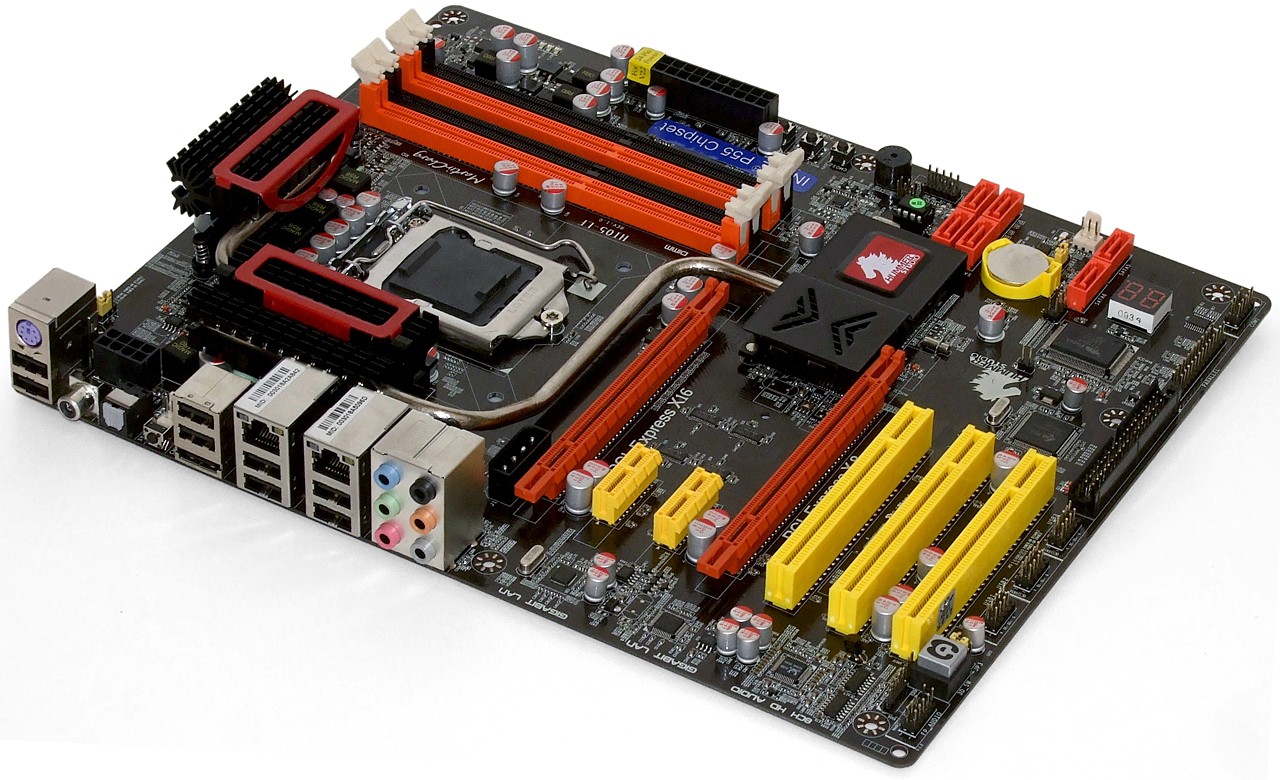
Such a low price puts the HI05 in direct competition with Foxconn’s entry from today’s roundup, but Jetway sweetens the pot with eSATA and dual-Gigabit Ethernet networking while also providing the extra space between its two x16-length PCIe slots we so often prefer for improved graphics card cooling.
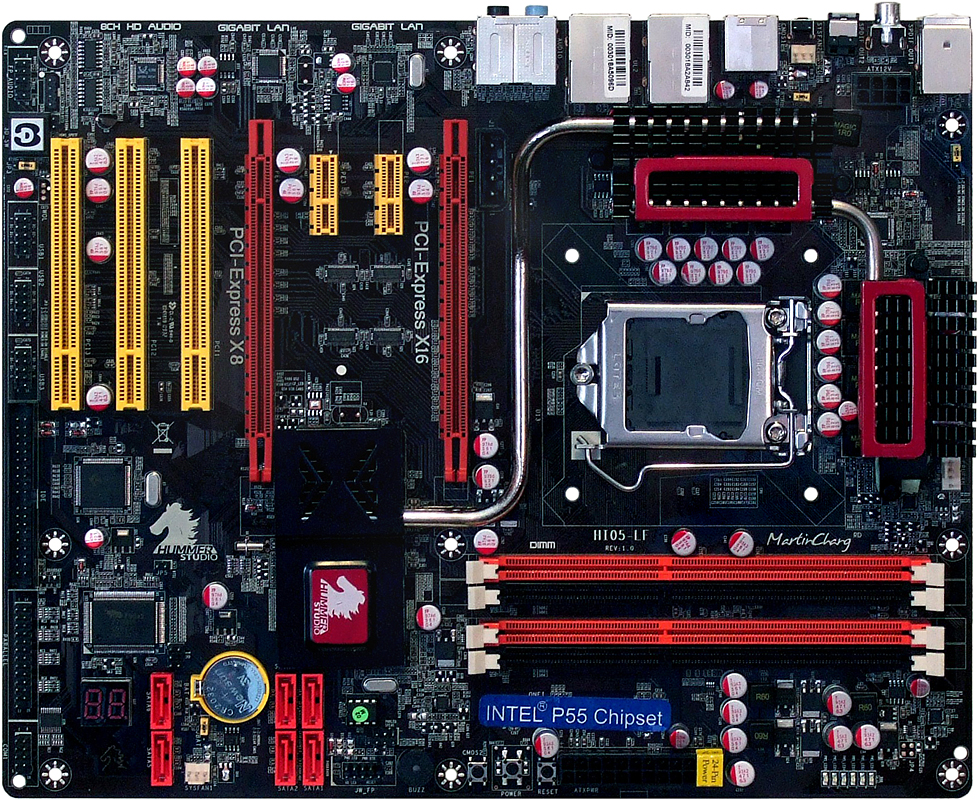
Missing is any four-lane x16-length slot. Even though those aren’t practical for performance graphics cards, many users still like the flexibility of adding such items as a third graphics card dedicated to PhysX processing. Jetway instead provides an extra legacy PCI slot that could potentially hold a traditional PhysX processor card.
The HI05 provides electronic-lane switching to reconfigure its two long PCIe slots from x16/x1 to x8/x8 mode when a second graphics card is installed, making it just as practical for high-end CrossFire configurations as any other LGA 1156 product. Jetway even moves its SATA connectors out of the way from longer cards while retaining the perpendicular-style connector required to fit the board into tighter, legacy-design cases.
The HI05 is the only board in today’s roundup to include an internal CLR_CMOS button for quicker recovery from failed overclocking attempts. Another button on the I/O panel serves the same function in an assembled system. Other internal buttons include power and reset, and all three are found at the front edge for easy access in an open platform such as the Danger Den Torture Rack.
One of the few HI05 design details that doesn’t make sense to us is that the company serves legacy hardware users with parallel and serial port break-out connectors, while neglecting Windows XP RAID and AHCI users by leaving out a floppy interface. It’s almost like Martin Chang couldn’t make up his mind whether or not to pay tribute to the past. But one blast from the past we wish he’d forgotten is the bottom rear-corner placement of the HI05’s front-panel-audio connector, a spot that’s very hard to reach with the cables of top-panel and upper-bay headset jacks.
BIOS
Get Tom's Hardware's best news and in-depth reviews, straight to your inbox.
Jetway spreads its HI05 performance controls across several BIOS main menus, rather than group them as sub-menus. For example, the CPU Feature sub-menu is found under the Advanced BIOS main menu, while memory timings are found under the Advanced Chipset main menu.

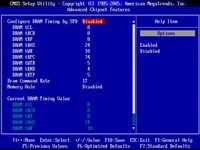
Jetway doesn’t provide automatic values for individual memory timings, but users won’t necessarily be forced to “set everything manually” when choosing to change only a few values. That’s because the automatic configuration values remain as the default manual value when switching from enable to disable "Timing by SPD."
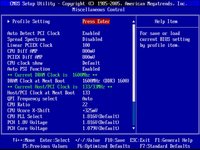
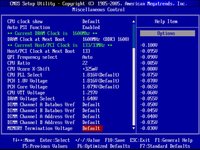
The Miscellaneous Control main menu provides all the prerequisite voltage and timing settings, plus advanced features such as amplitude, clock skew, phase shift, and DRAM reference voltage. However, the HI05's BIOS does not provide any CPU-voltage droop control, and we found that choosing +0.325V provided our highly-overclocked Core i7-870 processor with 1.456V at no load and 1.368V at full load.
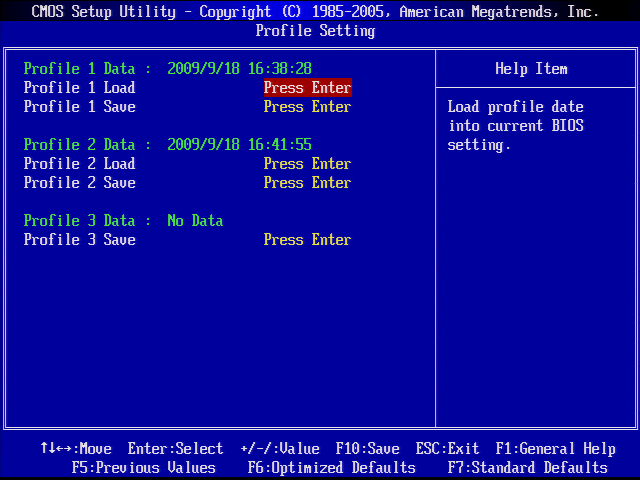
The HI05 can store up to three BIOS configurations as custom-user profiles.
Accessories
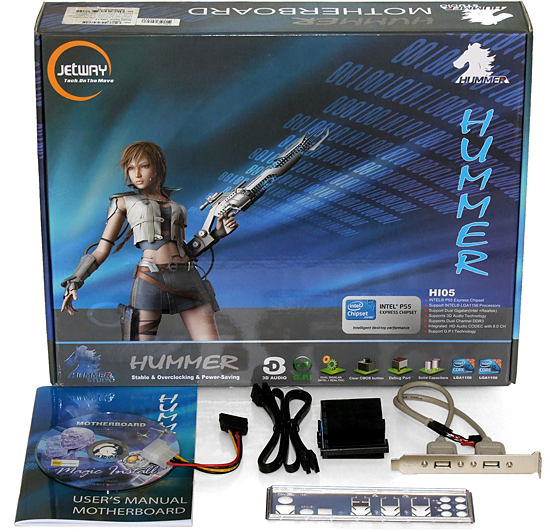
With a plethora of onboard features and an ultra-low price, we weren’t surprised to see that Jetway cut expenses by providing no graphics card bridges and only two SATA cables with its HI05.
-
skora There's two market segments. Once you get the features you need, there's overclockers, and stock users. I've never seen a mobo recommended based on its application performance and all thats looked at is how well it OCs. Hopefully, people read the article and don't just go buying biostar expecting the regular quality of gigabyte or asus though the asus is a little overpriced here for my taste. That $25 can go towards a better GPU, but I'm a gamer.Reply -
Crashman enzo matrixinterestingReply
Gigabyte had some additional interesting news about the new P55A-UD4P, where the addition of the letter "A" supposedly means "Advanced" and refers to the addition of SATA 6.0 Gb/s and USB 3.0 controllers. Unfortunately, it wasn't ready when the comparison was written. The "A" also cost slightly more. -
ibnsina For $15 more is best to go for the newly released Giga-byte GA-P55A-UD4P, the extra’s you get are:-Reply
2 x USB 3.0
2 x SATA 6Gb/s.
$184.99 on newegg. -
Crashman ibnsinaFor $15 more is best to go for the newly released Giga-byte GA-P55A-UD4P, the extra’s you get are:-2 x USB 3.0 2 x SATA 6Gb/s.$184.99 on newegg.Reply
$15 for all that sounds great, unless those features are useless to you. SATA 6.0 Gb/s will remain completely useless until long after the board is outdated, and USB 3.0 is nothing more than an eSATA substitute at the moment. -
apache_lives Why do we bitch about IDE and FDD connectors? If your using windows xp and IDE hdd/dvd drives your should be ashamed, and even then you can get USB floppys etc, and if you are using those fittings you are not getting the true performance out of your modern system, and IDE also makes boot times longer thanks to detection and legacy delays - cudos to those who ditch those ports in an effort to modernise modern systems, and to those who keep them - its like adding ISA ports to the board - times up.Reply -
cahl The new P55A-UD4P has better power phasing, 12+2 vs 8+2 on the old gigabyte UD4P, and probably more stuff aswell, like the LOTES socket, well worth the extra $15 to me.Reply -
bigballinggpr You don't bring up MSI's board at all in the conclusion. . . i'm a little curious as to what your final thoughts are on it.Reply -
Crashman apache_livesWhy do we bitch about IDE and FDD connectors? If your using windows xp and IDE hdd/dvd drives your should be ashamed, and even then you can get USB floppys etc, and if you are using those fittings you are not getting the true performance out of your modern system, and IDE also makes boot times longer thanks to detection and legacy delays - cudos to those who ditch those ports in an effort to modernise modern systems, and to those who keep them - its like adding ISA ports to the board - times up.Reply
You mean complain? Like you're complaining right now? It's all a matter of logic: There are probably more Windows XP users carrying over their old OS into a new build than there are Ultra ATA users carrying over their ancient hard drives. Therefor, the floppy interface, as outdated as it is, is more useful than the Ultra ATA interface.
The problem as described is that you PAY for an Ultra ATA controller. Why bother? Even if you're an XP devotee you probably don't WANT to pay for an Ultra ATA connector.
But for most motherboards, the floppy interface is free. It doesn't slow down boot times or performance either, if you don't need it you can ignore it.
Well, maybe you can't ignore it, but a logic dictates over emotion in reviews.
THG has no reason to love or hate the floppy connector, no stake in the legacy OS game, but anyone reader who wants to play the hater deserves to be called out for it. As for the manufacturers, honest reporting is Tom's Hardware's goal. Personally, I like the fact that some manufacturers provide legacy features and others don't, both types of products work well. -
doomtomb Replywith only a single PS/2 port left behind to support the older mice occasionally preferred by seasoned gamers
This is from the page on the EVGA P55 but you can clearly see it is a purple PS/2 port which is for keyboards... lol
